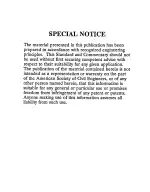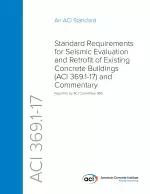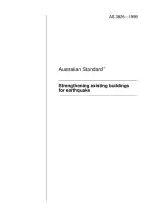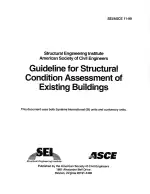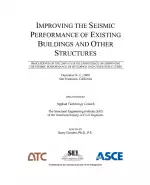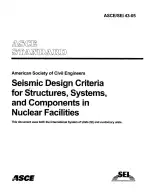Seismic Evaluation of Existing Buildings
Also Known As:
The Seismic Evaluation of Existing Buildings (ASCE 31-03) standard provides a systematic approach for evaluating the seismic performance of existing buildings in any level of seismic activity. It is divided into three tiers, which determine whether the building meets the Life Safety or Immediate Occupancy Performance Level. This standard serves as a comprehensive guide for design professionals, code officials, and building owners who are involved in assessing the seismic resilience of existing structures.
The primary focus of ASCE 31-03 is to help evaluating design professionals determine if a building has been adequately designed and constructed to withstand seismic forces. It does not, however, cover the design of mitigation measures for improving seismic performance. ASCE 31-03 supersedes FEMA 310, Handbook for Seismic Evaluation of Buildings -- A Prestandard (FEMA, 1998). The standard considers all aspects of building performance, including structural, nonstructural, and foundation or geologic hazard factors.
ASCE 31-03 was developed to incorporate advancements in technology, lessons learned from past earthquakes, and the expertise of design professionals. It is also aligned with FEMA 356, Prestandard and Commentary for the Seismic Rehabilitation of Buildings (FEMA, 2000c). The aim of the standard is to be compatible with building codes and contracts, applicable nationwide, and to provide effective evaluation techniques for existing buildings.
| Edition | 1 |
| Language(s) | English |
| ISBN | 9780784406700, 9780784470992 |
| File Size | 41.1 MB |

